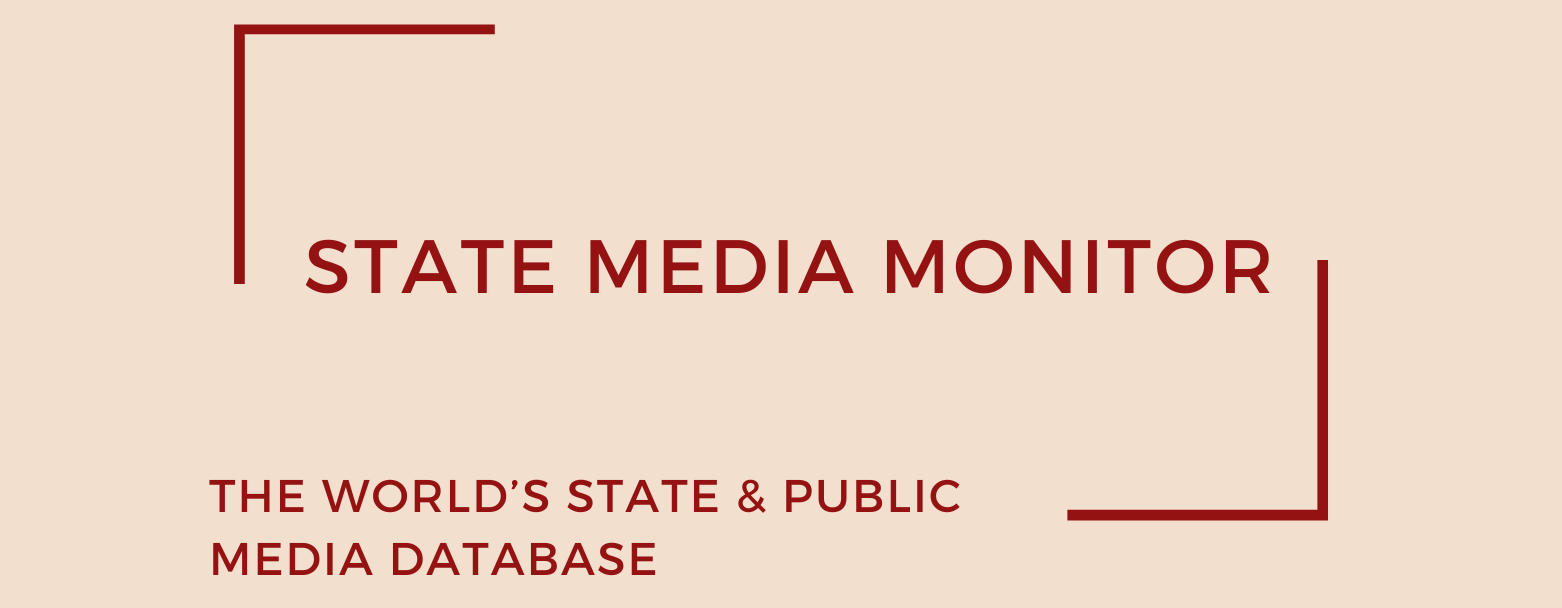Al Gomhuryah Establishment for Journalism and Publishing
Media asset
Publishing: Al-Jumhuryah
State Media Matrix Typology
The protracted Yemeni Civil War, which erupted in 2014, continues to cast a long shadow over the country’s media landscape. The conflict, primarily between the internationally recognized government—formerly led by President Abdrabbuh Mansur Hadi and now represented by the Presidential Leadership Council (PLC)—and the Houthi movement (Ansar Allah), has fractured the nation’s institutions, including its once-unified state media. In the absence of a stable central authority, Yemen’s media sector has descended into a battleground of competing narratives, propaganda warfare, and extreme censorship.
During the presidency of Ali Abdullah Saleh, Yemen’s media operated within a tightly controlled environment, with clearly demarcated red lines. While freedom was limited, journalists often knew the parameters within which they could function. That clarity has since dissolved. The collapse of central authority and the fragmentation of territorial control have ushered in an era of media chaos, where new red lines are not only broader but constantly shifting, depending on the faction in power.
The period of 2014–2015 marked a turning point. As the Houthis overran the capital, Sana’a, and consolidated control over large swathes of territory, media outlets sympathetic to the Hadi administration became prime targets. Numerous stations were shut down, looted, or repurposed to serve the Houthi cause. Journalists faced intimidation, abduction, or worse—many disappeared altogether. What remained of the profession became a shell of its former self, reduced to operating within the confines of factional allegiance or exile.
In March 2025, the U.S. classified the Houthis as a Foreign Terrorist Organization, significantly intensifying sanctions and complicating humanitarian logistics despite a partial waiver for aid.
In such a perilous environment, neutrality has become a near-impossible stance. Journalists are often forced to align themselves with the authority—whether militia or government—that controls their region. Many have abandoned the profession altogether or fled the country, contributing to an unprecedented media brain drain.
Fragmentation of “State” Media
In a country that effectively functions as a failed state, determining what qualifies as “state media” is a fraught exercise. Today, Yemen is governed by parallel administrations:
- On one side, the Supreme Political Council led by the Houthis from Sana’a, which exercises de facto control over much of northern Yemen but lacks international recognition.
- On the other, the Presidential Leadership Council (PLC), formed by decree in Riyadh on 7 April 2022 with Saudi support and international recognition, which governs southern territories and serves as the successor to the Hadi government. A significant reshuffle occurred in May 2025 when Prime Minister Ahmed Awad bin Mubarak resigned amid political gridlock, and Salem Saleh bin Braik—former finance minister—was installed by the PLC.
Both claim legitimacy. Both operate media outlets bearing the insignia and institutional legacy of the Yemeni state.
Founded in 1962 and based in the strategic city of Taiz, Al-Jumhuryah has long been one of Yemen’s most influential newspapers. Originally conceived as a state-aligned publication, its editorial line has consistently championed the ruling regime of the day—often toeing the official line with little deviation.
The eruption of the Yemeni Civil War in 2015 brought the newspaper’s operations to an abrupt halt. With Taiz caught in the crossfire between Houthi forces and government-aligned troops, Al-Jumhuryah was forced to shut down entirely. The suspension lasted nearly four years, during which time much of the city’s media infrastructure was destroyed or repurposed for wartime propaganda.
In 2018, the paper was relaunched under the aegis of the internationally recognized, Saudi-backed government then led by President Abdrabbuh Mansur Hadi and now succeeded by the Presidential Leadership Council (PLC). Since its revival, Al-Jumhuryah has resumed its role as a staunchly pro-government outlet, operating under the editorial supervision of the PLC. It primarily publishes digital content, a shift necessitated by the collapse of Yemen’s print distribution networks and the fragile security situation in Taiz.
Historically, the newspaper has walked a fine line between loyalism and cautious reformism. During the 2011 uprisings, Al-Jumhuryah notably condemned critical coverage of the protests from other state media, while paradoxically voicing support for peaceful demonstrations—a rare move at the time for a government-aligned outlet.
By mid-2025, Al-Jumhuryah continues to operate, though in a reduced and largely symbolic capacity. Its editorial focus remains firmly aligned with the PLC’s objectives, particularly in framing the conflict as a struggle against Iranian-backed Houthi militias and promoting the legitimacy of the PLC’s leadership.
The outlet plays a key role in Taiz’s media environment, where it competes with Houthi disinformation efforts and local militia propaganda. However, its influence is curtailed by a lack of resources, intermittent electricity, and ongoing insecurity in the region. The newsroom operates under precarious conditions, with many journalists working remotely or in exile.
In 2025, Al-Jumhuryah has served as a platform for disseminating updates on the humanitarian crisis in the south, including coverage of Saudi relief aid and criticism of Houthi missile attacks on civilian targets in Taiz and nearby governorates. Despite these contributions, the paper is often criticized by media watchdogs for echoing official narratives without offering critical scrutiny of PLC policy failures, internal power struggles, or corruption allegations.
July 2025
Citation (cite the article/profile as part of):
Dragomir, M. (2025). State Media Monitor Global Dataset 2025.
Media and Journalism Research Center (MJRC).
Zenodo.
https://doi.org/10.5281/zenodo.17219015
This article/profile is part of the State Media Monitor Global Dataset 2025, a continuously updated dataset published by the Media and Journalism Research Center (MJRC).
